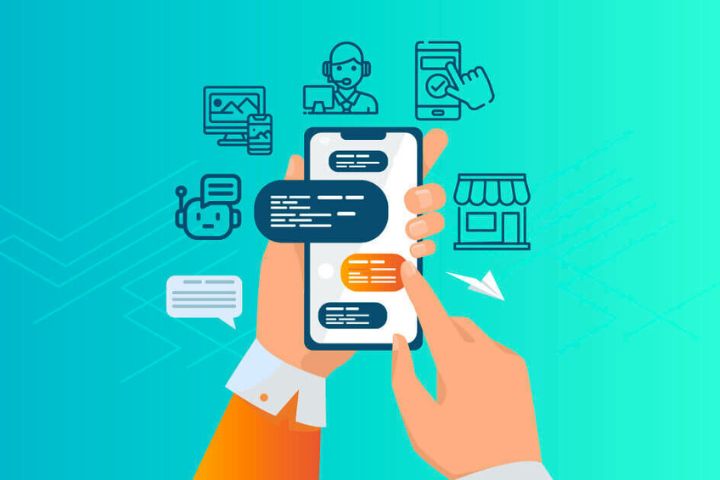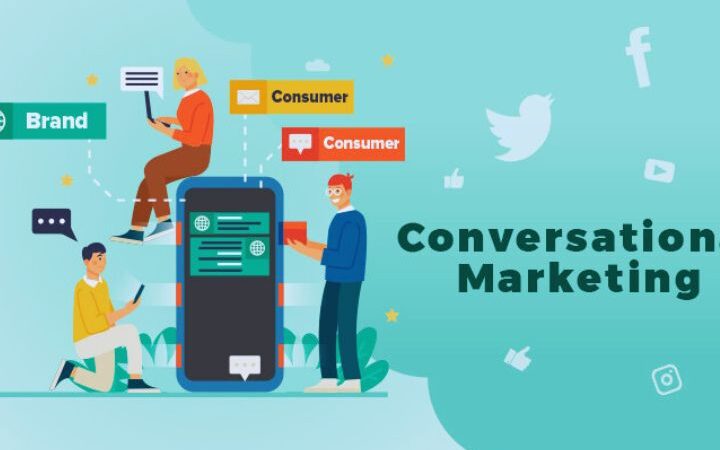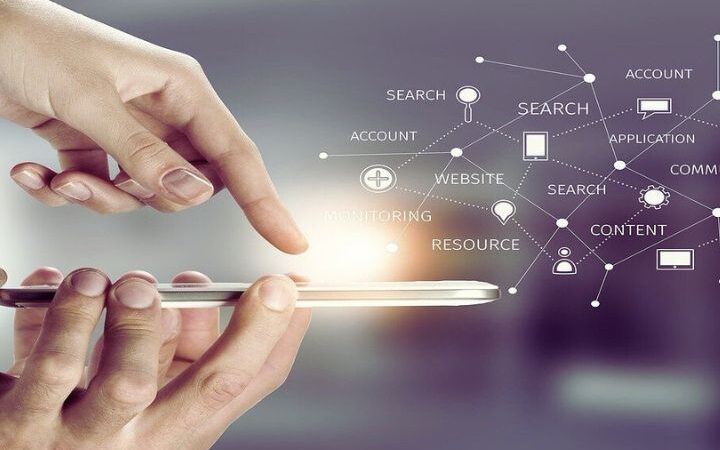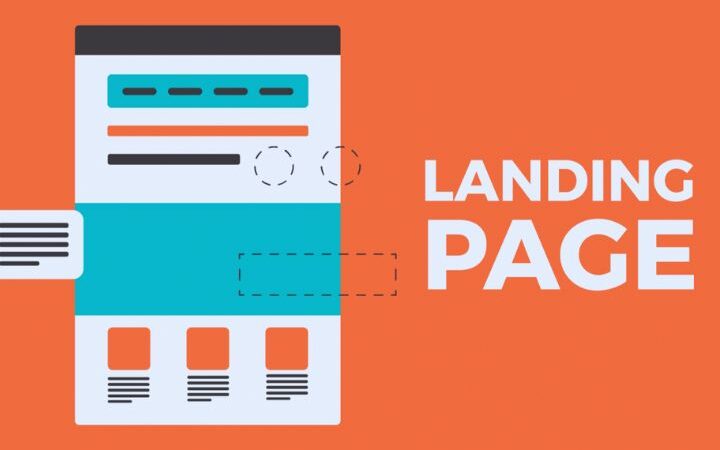7 Types Of Customer Service Channels

Interminable phone wait times, never-ending lines at the register, unread emails and tweets, overlooked Instagram messages… Do you recognize this? A bad customer service experience can ruin an entire marketing strategy and efforts to build a good brand reputation.
Many companies still face the challenge of implementing and designing an effective customer service strategy. It is important to remember that customer service is not only about responding to customer complaints and questions, but also acting proactively and preventively to avoid these stressful situations and thus ensure a good customer experience at all times.
Table of Contents
Design A Functional And Quality Customer Service Strategy
If you have reached this article on the blog, you are already on your way to improving your customer service. Good service not only helps avoid massive customer loss, but is also crucial to retain existing customers and increase the chances of word-of-mouth recommendation of your product or service. What could be better than having satisfied customers willing to speak well of your brand? These loyal customers can not only generate a constant flow of business, but they can also become ambassadors for your brand, attracting new customers and contributing to the growth of your business in the long term.
Our Client Is No Longer The Same
Just a few years ago, customers had to physically visit an establishment or call by phone to ask a question or file a complaint. Nowadays, in the digital age, customers expect increasingly accessible customer service, there are no longer schedules, no holidays, and no patience. The consumer, from their mobile device, can communicate with the company at any time, from anywhere and through any channel.
It is important to offer a comprehensive, agile and effective service that adapts to the customer’s needs and preferences, whether through phone calls, emails, online chats, social networks, etc. In this way, providing exceptional customer service and improving customer satisfaction.
Communication Channels And Customer Service
Communication channels are a key tool for customer service, as they allow customers to contact the company quickly and easily. The 7 communication channels for customer service are: phone call, text messages, social networks, email, chatbots, video calls and self-service. Each of these channels will be explained in detail below, including their advantages and disadvantages.
Social Networks And Customer Service
Social networks have become one of the most important channels in customer service, since they allow companies to interact directly with their customers, answer their questions and address problems quickly and efficiently. Additionally, social media also provides the platform to collect customer reviews and feedback, allowing businesses to better understand their audience and improve their customer service.
Twitter is the social network par excellence for customer service work. In fact, the social network itself has recently published a complete guide with data, advice and success stories. We are left with two figures to reflect on.
The negative: although the percentage has increased, only 9% of users who made a query received a response from the company.
The positive: good management on Twitter reduces between 10% and 20% of the volume of calls to the call center and cuts the total number of formal complaints by 35%.
Facebook scores the immediacy of response. The other major social network, a mandatory presence for companies, has decided to reward those brands that respond quickly. To get the Facebook badge you must respond to 90% of messages in an average time of less than 5 minutes.
Chatbot
Chats, the value of immediacy. Where companies can automate some customer service processes by implementing chatbot, allowing customers to get quick and accurate answers to their questions and improving customer service efficiency. Some of the advantages are:
- 24/7 Availability: Chatbots are available to resolve issues 24 hours a day, allowing customers to get help at any time.
- Speed of response: Chatbots can process and answer questions automatically, meaning customers receive fast and accurate responses.
- Scalability: Chatbots can handle a large number of interactions simultaneously, allowing companies to serve a large number of customers without having to hire more staff.
There are also some disadvantages of using a chatbot for customer service:
- Limitations in language understanding: Although chatbots have come a long way in understanding language, they can still have difficulty understanding complex or ambiguous questions.
- Lack of empathy: Chatbots do not have the ability to understand human emotions, which means they cannot respond empathically to customer concerns.
- Privacy Issues: Chatbots store customer information, which can raise concerns about privacy and data security.
Instant Messaging
Whatsapp, a powerful channel for shops and small businesses. Although the limitation of the application itself is a barrier for large companies, this messaging application offers many advantages to businesses and SMEs and, without a doubt, is worth taking into account when planning our service.
Phone Calls
Although it may seem like an old system, telephone calls offer various benefits for certain sectors where safeguarding sensitive data is a priority, such as banking or hospital entities and health services. Some benefits are:
- Direct Communication: Phone calls allow customers to speak directly to a customer service agent, meaning they can get accurate and detailed answers.
- Human interaction: Human interaction. Customer service agents can respond empathetically and understandingly to customer concerns.
- Ability to resolve complex problems: Phone calls allow agents to make decisions and resolve complex problems by asking and obtaining additional information.
However, there are also some disadvantages of using telephone calls as a means of communication for customer service, such as long waiting times, costs, and geographical limitations.
Electronic Mail (e-mail)
One of the great advantages that email customer service offers is the flexibility to send and reply to messages from anywhere at any time. It’s easy to automate responses to frequently asked questions, allowing businesses to handle a high volume of queries efficiently. Another advantage is that you can keep a record of emails, which makes it easier to keep a history of queries.
Disadvantages:
- Lack of real-time interaction: Customers may have to wait for a response, which can lead to frustration.
- Poor ability to handle complex queries: Complex queries can be difficult to explain via email, which can lead to misunderstandings or an inadequate solution.
- Lack of empathy: Email interaction does not allow customer service agents to express empathy or display a friendly attitude, which can create a bad impression on customers.
Video Calls
Having customer service through video calls can benefit those businesses that require real-time interaction to respond to complex queries or problems. On the other hand, it can be a challenge due to access limitations, technical requirements, and infrastructure and software costs for the company.
Forms or Self-service
Although forms were very popular at one time, today with technological advances they can be somewhat archaic and not very useful since their processing has to be manual and there is no way to automate the process. On the other hand, they can also be very useful for certain clients due to their great accessibility, since they do not require an internet connection or technical skills to fill them out.
How To Design A Customer Service Strategy?
The ultimate goal is to create a Manual that establishes absolutely all the elements of our customer service strategy. From the tone of communication to the protocol of action in crisis situations. But before we get here, we must ask ourselves the right questions:
– What customer service experience do we want to offer?
– What communication channels will we use?
– What will verbal, physical and written communication be like?
– What availability and response times do we guarantee?
– What will the protocol be like in crisis situations?
– What will be the hierarchy of responsibility?
Designing a good customer service strategy requires work and constant updating. But it’s worth it. Only good service can make that annoying customer end the conversation with a smile.






